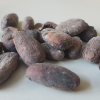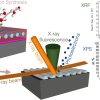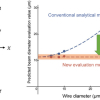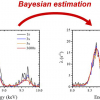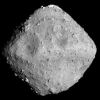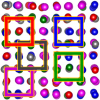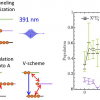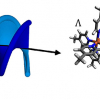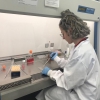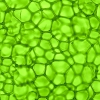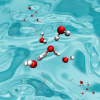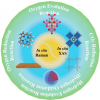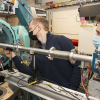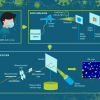X-ray Spectrometry News
A team has developed highly sensitive imaging methods at BESSY II to detect heavy metals such as cadmium in cocoa beans. Improved processing steps could reduce the burden.
Sequential infiltration synthesis with grazing incidence XRF, XPS and SEM combined with ED X-ray spectroscopy are used for quantification.
A new method to evaluate the diameter of X-ray microbeams, based on mathematical analysis, can be used to calculate beam diameters more accurately than the previously used conventional methods.
A new method by applying Bayesian estimation to X-ray fluorescence analysis can dramatically reduce the analysis time.
The UK’s national synchrotron facility, Diamond Light Source, was used by a large, international collaboration to study grains collected from a near-Earth asteroid, using XANES, to further our understanding of the evolution of our solar system.
Multi-edge X-ray absorption spectroscopy at BESSY II and then the reverse Monte Carlo method to analyse the collected data have been used to study high entropy alloys.
Femtosecond soft X-ray spectroscopy has been used to understand lasing in the forward direction in air upon focusing intense femtosecond light pulses.
Using a new method, helical dichroism in the X-ray domain, scientists are better able to distinguish between chiral substances.
The Gordon F. Kirkbright and Edward Steers awards are seeking nominations.
The first local managing director for Shimadzu Denmark, Joachim Holm, has been appointed.
As an industry partner, HORIBA will co-create, support and mentor a four-year research project to explore how spectroscopy can help drive new methods of cell screening and disease diagnosis based on animal-free research.
A collaborative team of researchers combined a single-cell ICP-MS with XAFS to get a detailed picture of the interaction between precious metals and Galdieria sulphuraria cells.
An international team of researchers has developed a procedure allowing them to reproduce the double peak feature of x-ray emission spectroscopy (XES) spectra in liquid water.
Dr Christoph Mätzig, who is moving within the AMETEK Group and has taken over the management of the Ultra Precision Technologies division, will be succeeded by Michael Privik.
In situ Raman and X-ray absorption spectroscopy can track the dynamic catalytic processes, capture the short-lived intermediates and reveal reactive sites.
A new X-ray technique developed at Cornell offers an unprecedented look at the elaborate inner workings of batteries while they are in use, and is already yielding important findings for the development of next-generation energy storage.
In a study that used inorganic, physical and analytical chemistry to mimic respiratory droplets that can carry viruses, researchers demonstrated a mechanism that enables multiple mask materials to be protective.
As a UvA professor, she will focus primarily on the application of molecular spectroscopy for the study of historic paints and their degradation.
The New York/New Jersey Section of the Society for Applied Spectroscopy are seeking nominations for their 2022 Gold Medal Award.

